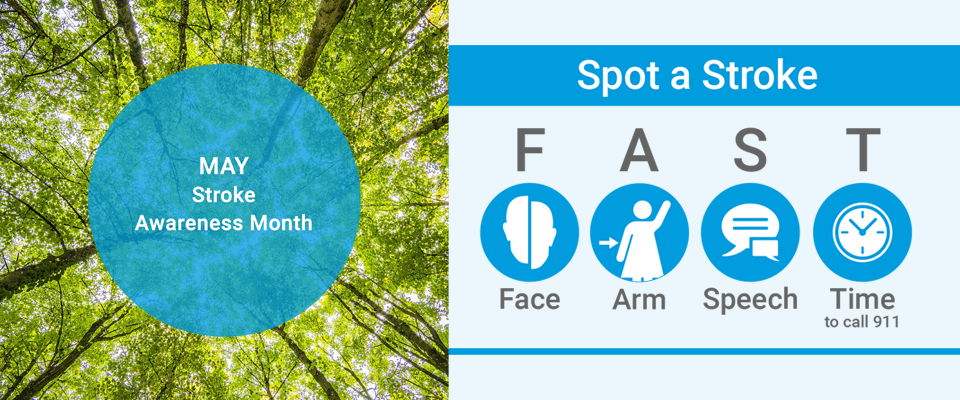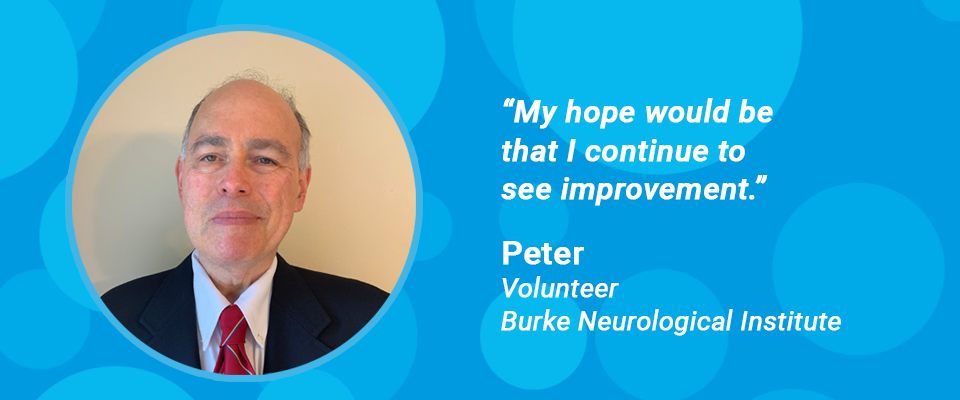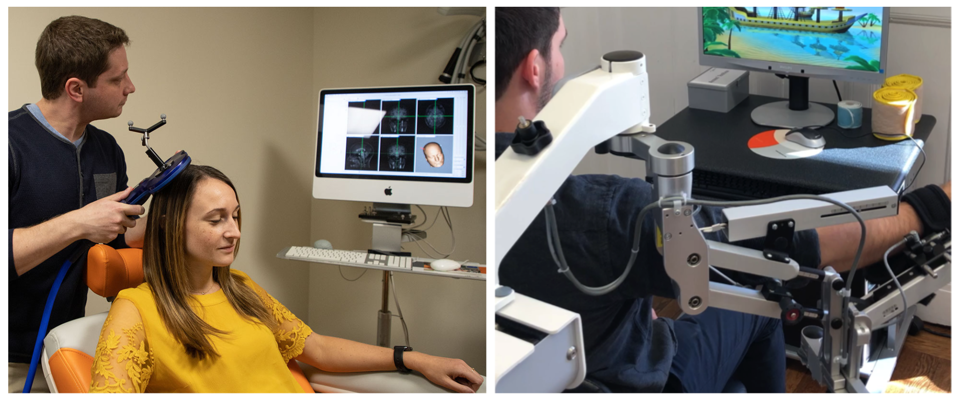You are here

Recognizing Signs of a Stroke and Effective Recovery Methods
Dr. Tomoko Kitago Talks About Stroke and the Importance of Clinical Trials
What Is a Stroke?
Stroke affects over 795,000 people in the U.S. alone each year, that is one person every 40 seconds. It is the leading cause of serious long-term disability in the U.S. A stroke can be caused by a blockage of blood vessels known as an “ischemic stroke” or by the bursting of a blood vessel in the brain, which is known as a “hemorrhagic stroke.”
Spot a Stroke
Knowing the signs of stroke is important because the faster a stroke is treated by medical professionals, the greater the chance of recovery. An easy way to remember the most common signs of stroke is F.A.S.T. - Facial droop, Arm weakness, Speech difficulty, and T is for time to call 911 right away. It’s important to recognize these signs and symptoms of stroke when they occur to call 911 to be able to get to an emergency room right away. There are treatments for stroke to restore blood flow if it is caused by a blockage (an ischemic stroke). Still, stroke treatments are time-sensitive, such as a clot busting drug called tPA, or a procedure to remove the clot if it’s inside a large artery in the brain. The earlier stroke treatments are given, the better the outcomes.
Recovery from Stroke
Many stroke survivors are left with long-term impairments that affect their quality of life. Peter, a volunteer at Burke Neurological Institute (BNI), had a stroke when he was only 23 years old. He was a student at M.I.T. and Harvard. The stroke affected his ability to speak, write, and move the right side of his body.

Peter says, “To lose language, both verbal and written, was devastating for me. I couldn’t follow simple commands. I continued therapy for many years. It took me about 20 years to get some ability to speak well. My writing? Even more. And I’ve had weakness on my right side. My hope would be that I continue to see improvement to my last day.”
Presently, Peter is an engineer and volunteers his engineering expertise in some of our research projects that use cutting-edge technologies. It is the mission of BNI to find treatments for people like Peter who live with a chronic neurological disability, to help them see, talk, and walk again.
Hope for Curing Chronic Stroke-Related Disability
More and more research has shown that even years after a stroke, recovery is possible. Large amounts of training, for example, can significantly improve the movement of your arm and hand, which are important for performing daily activities. At BNI, we are using new technologies, such as robotic devices and gaming, to deliver intensive, high-dose of practice that is hard to achieve with traditional therapy methods.

The brain has an ongoing capacity to change with experience, which is called neuroplasticity. This capacity is still present after a stroke. Enhancing this neuroplasticity is a potential way to achieve even more significant improvements with practice in people who live with chronic disability due to a neurological condition or event. There are medications and ways to stimulate the brain to enhance neuroplasticity that is being studied in clinical trials at BNI and elsewhere to improve recovery after stroke. These methods include transcranial direct current stimulation and vagus nerve stimulation (V.N.S.), which delivers electrical impulses to the vagus nerve in the neck. A recent pivotal study showed that chronic stroke survivors who received V.N.S. during therapeutic exercises had greater improvements in arm function than therapy alone, lending further hope for curing chronic stroke-related disability.
Participate in Our Stroke Studies
If you or someone you know has had a stroke, contact us today at clinicalresearch@med.cornell.edu or call 1-844-NEURONY (1-844-638-7669) to find out more about opportunities to participate in our studies and join us in our goal to develop better treatments for stroke survivors!
Join our research registry
To be contacted about future and upcoming stroke clinical trials please join our research registry. To join the research registry, simply fill out our online questionnaire.

